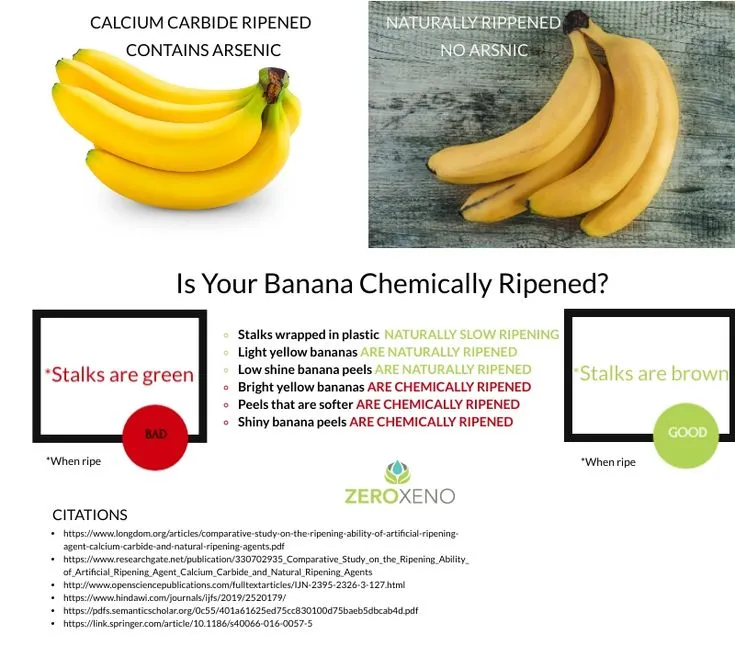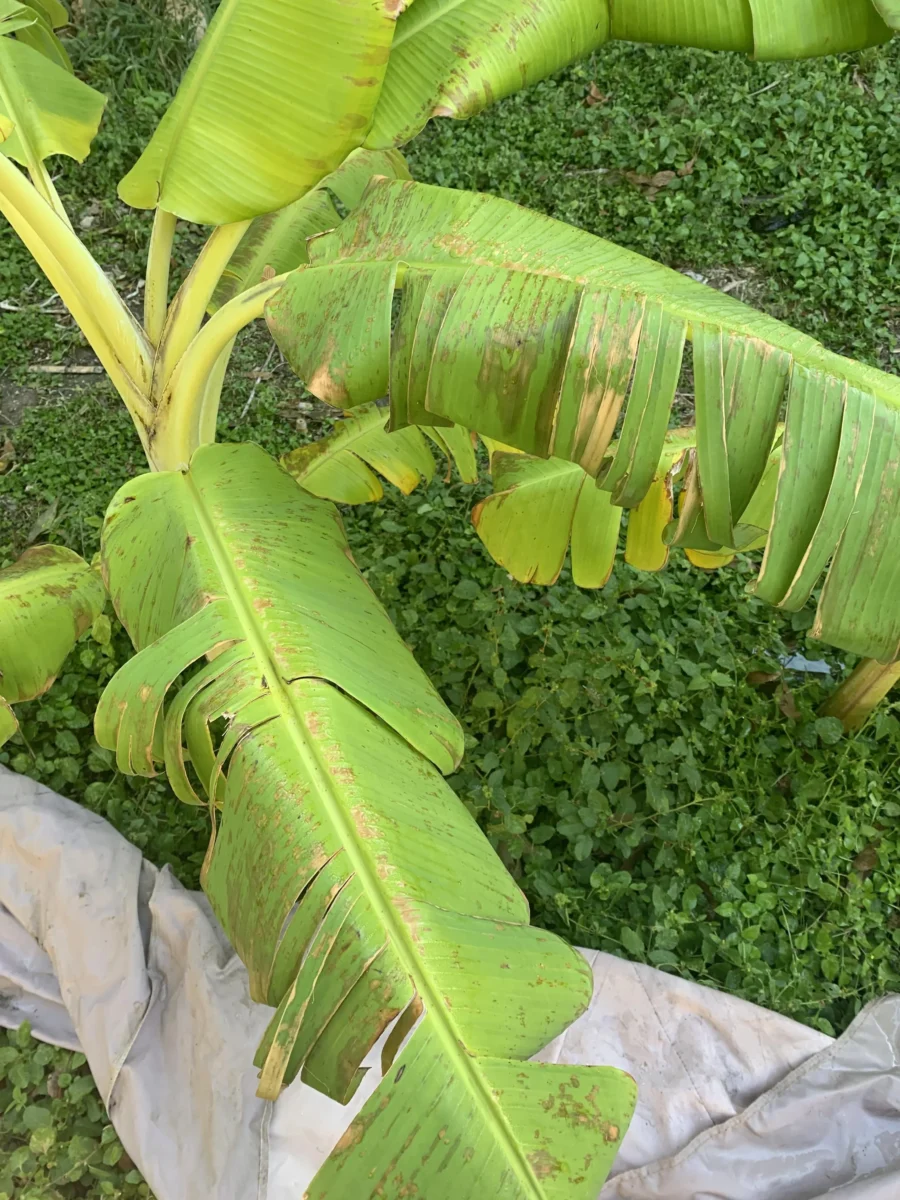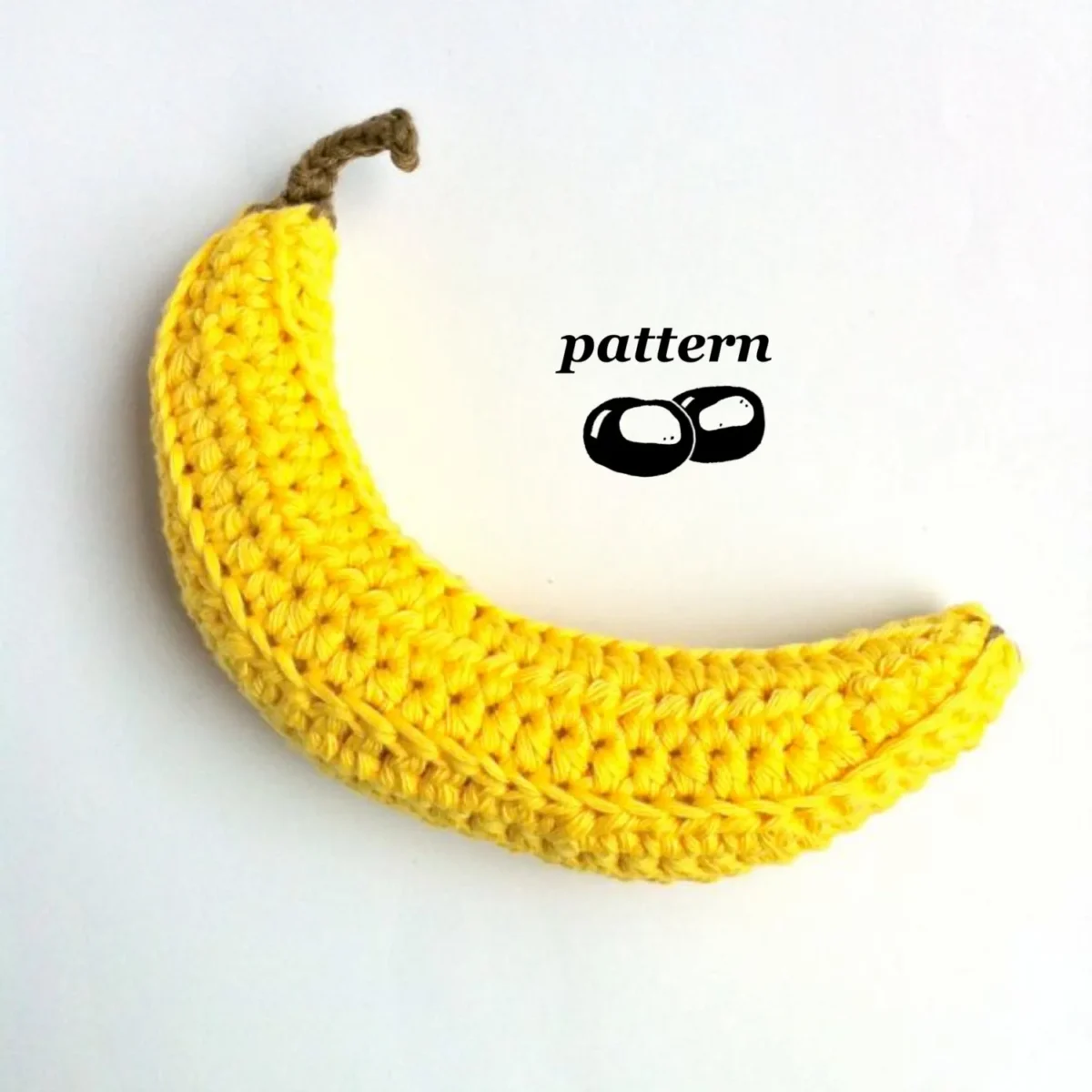A Guide to Manual Extraction of Banana Fibre: Uses and Benefits
Did you know that banana plants are not just for producing delicious fruit? In fact, the fibre from banana plants can be manually extracted and used for a variety of purposes. If you`re someone looking to expand your knowledge on the topic, you`ve come to the right place.

In this article, we`ll explore everything you need to know about banana fibre manual extraction. We`ll start with a brief overview of what banana fibre is and the many benefits it offers. Then, we`ll dive into the details of how to manually extract banana fibre and the different uses for this versatile material.
So sit back, relax, and continue reading to discover the exciting world of banana fibre!
What is banana fiber?

Banana fibre is a natural textile material that is derived from the stem of the banana plant. It has been used for centuries in various cultures around the world, and is prized for its unique properties and versatility.
The process of creating banana fibre involves extracting long, thin strands from the inner layer of the banana stem. These strands are then cleaned, spun into yarn, and woven into fabric. The resulting material is strong, durable, and has a natural sheen that gives it a distinctive look.
One of the key advantages of banana fibre is its sustainability. Unlike many other fibres that require extensive processing or chemical treatments to create textiles, banana fibre can be produced using simple techniques that have minimal environmental impact.
Another benefit of banana fibre is its versatility. It can be used in a wide range of applications including clothing, home textiles, paper products, and even as reinforcement in construction materials.
Overall, if you’re looking to learn more about bananas beyond just their nutritional value or tasty flavor – exploring the world of banana fibre could lead you down an exciting path towards discovering an eco-friendly alternative to traditional textiles.
What are the benefits of banana fiber?
Banana fibre is a versatile and eco-friendly material that has gained popularity in recent years. It is derived from the stem of banana plants and has numerous benefits that make it an attractive option for various industries.
One key advantage of banana fibre is its strength. It is known to be stronger than most other natural fibres, such as cotton or jute, making it ideal for use in products that require durability. Additionally, banana fibre is highly flexible, which makes it easy to weave into different textures and patterns.
Another benefit of banana fibre is its sustainability. Unlike synthetic materials like polyester or nylon, which are harmful to the environment and take hundreds of years to decompose, banana fibre is biodegradable and can be easily recycled. This means that products made from this material have a significantly lower environmental impact than those made from synthetic materials.
In addition to its physical properties and environmental benefits, banana fibre also has cultural significance in many regions around the world. In some countries like India and Nepal, traditional craftspeople have been using this material for centuries to create beautiful textiles and handicrafts.
Overall, there are numerous benefits associated with the use of banana fibre – from its strength and flexibility to its eco-friendliness and cultural significance. As more people become aware of these advantages, we can expect to see a growing demand for this sustainable material across various industries.
How do I manually extract banana fiber?

Banana fibre is a versatile material that can be used for a variety of purposes, including clothing and paper production. However, extracting the fibre from banana plants is a time-consuming process that requires patience and skill.
To manually extract banana fibre, begin by selecting mature banana plants with thick stalks. Cut the plant down to its base and remove any excess leaves or branches. Then, use a sharp knife to strip away the outer layer of the stalk, revealing the fibrous interior.
Next, carefully separate the fibres by hand or with a tool such as a wooden scraper. This process can be time-consuming and requires careful attention to detail in order to avoid damaging or breaking any of the individual fibres.
Once all of the fibres have been separated from each other, they can be washed thoroughly in water and left to dry in the sun. At this point, they are ready for further processing into yarn or other materials.
While manual extraction of banana fibre may seem laborious compared to modern manufacturing techniques, it offers several advantages such as sustainability and minimal environmental impact. Plus, there is something truly satisfying about creating something with your own hands using natural materials like banana fibre!
The various uses of banana fiber.
Banana fibre is a versatile material that has been used for centuries in various industries. From textiles to packaging, this natural fibre has proven to be an eco-friendly and sustainable alternative to synthetic materials.

One of the most popular uses of banana fibre is in the production of textiles. The fibres are extracted from the stem of the banana plant and processed into yarns that can be woven into fabrics. These fabrics have a unique texture and are highly durable, making them ideal for use in clothing, accessories and even home decor.
But textile production is just one of many uses for banana fibre. It can also be used as a natural binder in paper-making, reducing the need for harmful chemicals. Additionally, it has been found to have anti-bacterial properties which make it great for use in medical dressings.
Another innovative use for banana fibre is in packaging materials. The fibres can be moulded into different shapes and sizes to create eco-friendly packaging solutions that are biodegradable and compostable.
Overall, there are countless applications for this versatile material – from fashion to medicine – making it an exciting area of exploration for those looking towards a more sustainable future. As we continue our quest towards using renewable resources, banana fibre offers a promising solution that should not be overlooked by any curious individual looking to learn more about bananas!
The Future of Banana Fibre.
Banana fibre is a versatile and sustainable material with huge potential for the future. Made from the stem of the banana plant, this fibre has been used for centuries in traditional textiles and crafts across many cultures.
With increasing interest in sustainability and ethical fashion, banana fibre is now gaining attention among designers and manufacturers as a viable alternative to more conventional materials like cotton or polyester. Not only is it renewable and biodegradable, but it also requires fewer chemicals in production, making it a more eco-friendly choice.
In addition to clothing, banana fibre can be used for a wide range of applications including paper products, packaging materials, and even building materials. With its strong yet lightweight properties, it could potentially replace less sustainable options like plastic or wood.
As research continues into new techniques for processing and utilizing banana fibre, we can expect to see more innovative uses emerge in the coming years. The future of this humble material looks bright indeed!
Check out our other articles to find out even more about banana.
Banana fibre is a versatile and sustainable material with an array of uses. Learning how to manually extract banana fibre can help you reduce your dependence on synthetic materials and create more eco-friendly products. With the future of banana fiber looking bright, it’s certainly worth taking some time to learn more about this wonderful resource! If you’re interested in exploring even further, check out our other articles to find out even more about bananas.










